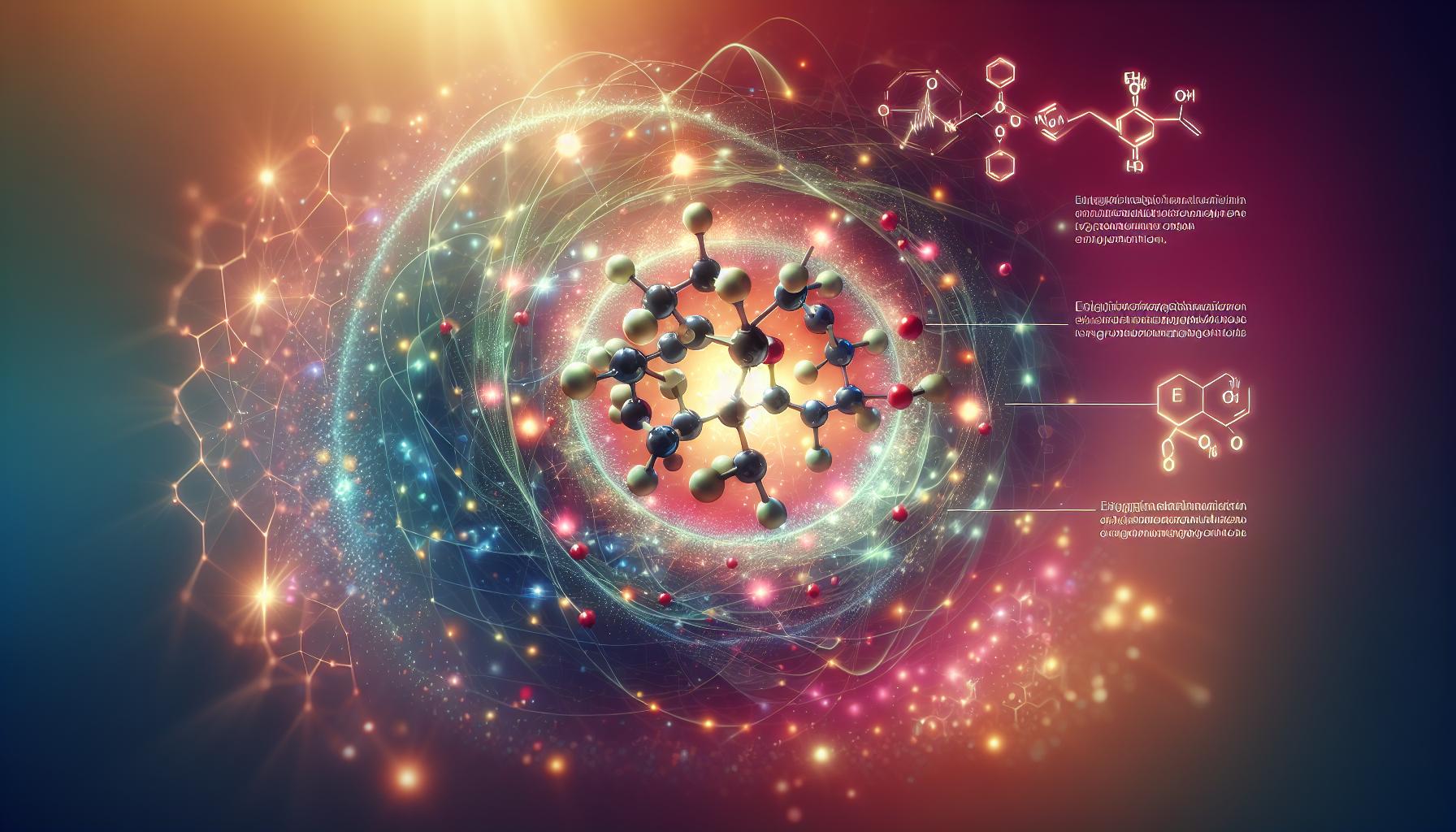
What compound receives electrons from FADH2?
Once it is reduced, (QH2), ubiquinone delivers its electrons to the next complex in the electron transport chain. Q receives the electrons derived from NADH from complex I and the electrons derived from FADH2 from complex II, including succinate dehydrogenase.
Ubiquinone Uncovered: Making Connections, Passing Electrons
Ever stumbled upon the poignant question, “What does ubiquinone pass electrons to?” Well, if the intriguing world of biochemistry tickles your curiosity and you’re keen on delving into the mystifying majesty of molecules, then you’re in the right place. Ubiquinone, also popular as “coenzyme Q10” or “CoQ10”, passing electrons is a fundamental aspect of the physiological symphony held within our cells. Capturing the essence simply, ubiquinone passes its electrons to proteins in the mitochondrial membrane, aiding in the final flourishing of the cell’s energy production process. A beautiful ballet of biochemistry, if you will, it’s a process we’ll explore further. Putting it plain and simple, it manifests the focus of our journey here as we embark on unraveling ubiquinone and its electron transport role, demystifying the chemical connections and conversations that occur on a cellular stage.
Decoding the Ubiquinone Enigma
A jack of all trades, ubiquinone is the court jester of the cellular carnival. Its role is versatile, valuable, yet shrouded in the veil of biochemical complexity. Widely recognized for its potent antioxidant properties, it equally plays the pivotal role of electron carrier in the much-revered respiratory chain within our body cells. Simply put, ubiquinone is the molecular vehicle that carries and delivers electrons within the vital circuits of our cellular system.
Electron Transfer: Ubiquinone’s Essential Role
Picture ubiquinone as a busy courier dashing through a bustling cityscape, hustling to ensure timely delivery of its package – electrons. This package is relayed to its next stop: the proteins nestled within the mitochondrial membrane. This handoff builds the basis of its crucial lifesupport role in our cells.
Unraveling the Electron Pathway
Life loves a cycle, a pathway, a sequence of steps that propagate an orchestrated interaction of elements, each playing integral parts. That pathway, when it comes to the inner workings of our cells, involves the face-off of food and oxygen. Here’s when our star, ubiquinone, steps in. Amidst the gloriously convoluted steps of cellular respiration, it darts between enzymes, collecting and delivering electrons to their designated locations within the energy production sequence.
A Busy Highway of Biochemical Interactions
Ubiquinone’s importance is pinned on its ability to transfer electrons from one realm of the cell’s energy manufacturing process to another – it’s like the interplay of traffic in and out of critical lanes on a busy city highway. It’s the cargo courier ensuring the smooth operation of this extensive biological highway system.
Ubiquinone: The Powerhouse Player
Nestled within the energy manufacturing hub of our cells, the mitochondria, ubiquinone basks in its indispensability. As it passes electrons to proteins in the mitochondrial membrane, it expedites the subsequent generation of ATP, the universal energy currency of our cells. Meanwhile, this prevents any incidental electron leakage, guarding our cellular system against unexpected oxidative harm.
Ubiquinone and the ATP Synthesis
Ubiquinone is a molecular maestro conducting the cellular symphony that leads to ATP synthesis – the musical crescendo of the energy-production process in our cells. Just as the conductor’s baton guides the harmonious interaction of instruments in an orchestra, ubiquinone ensures the orchestration of electron movement within the cellular orchestra.
Conclusion
At the heart of it all, ubiquinone is the unsung hero in the electrifying epic of electron transfer within our cells. It’s a critical cog in the wheel of energy production, assuring the smooth sailing of our physiological ship. As it passes electrons to proteins in the mitochondrial membrane, it is engaging in life-supporting micro transactions, trading electrons for energy.
Frequently Asked Questions
1. What is the function of ubiquinone in our body cells?
Ubiquinone serves as a vital electron carrier in the electron transport chain within our cells. It carries and delivers electrons to proteins in the mitochondrial membrane, contributing to the production of ATP, the primary energy source for our cells.
2. Why is ubiquinone called Coenzyme Q10?
Ubiquinone is also known as Coenzyme Q10, with the “Q” standing for quinone chemical group, and “10” referring to the number of isoprenyl chemical subunits in its tail.
3. Is ubiquinone soluble in water?
Being a fat-soluble molecule, ubiquinone doesn’t mix well in water, rather, it dissolves better in fat or lipids within the body.
4. What foods are high in ubiquinone?
Foods rich in ubiquinone include fish, meats, and whole grains. Some nuts, vegetables, and fruits also contain smaller amounts.
5. Does ubiquinone have any side effects?
While generally safe, taking ubiquinone supplements may cause mild side effects like an upset stomach. However, always consult your health provider before starting any new supplement regimen.



